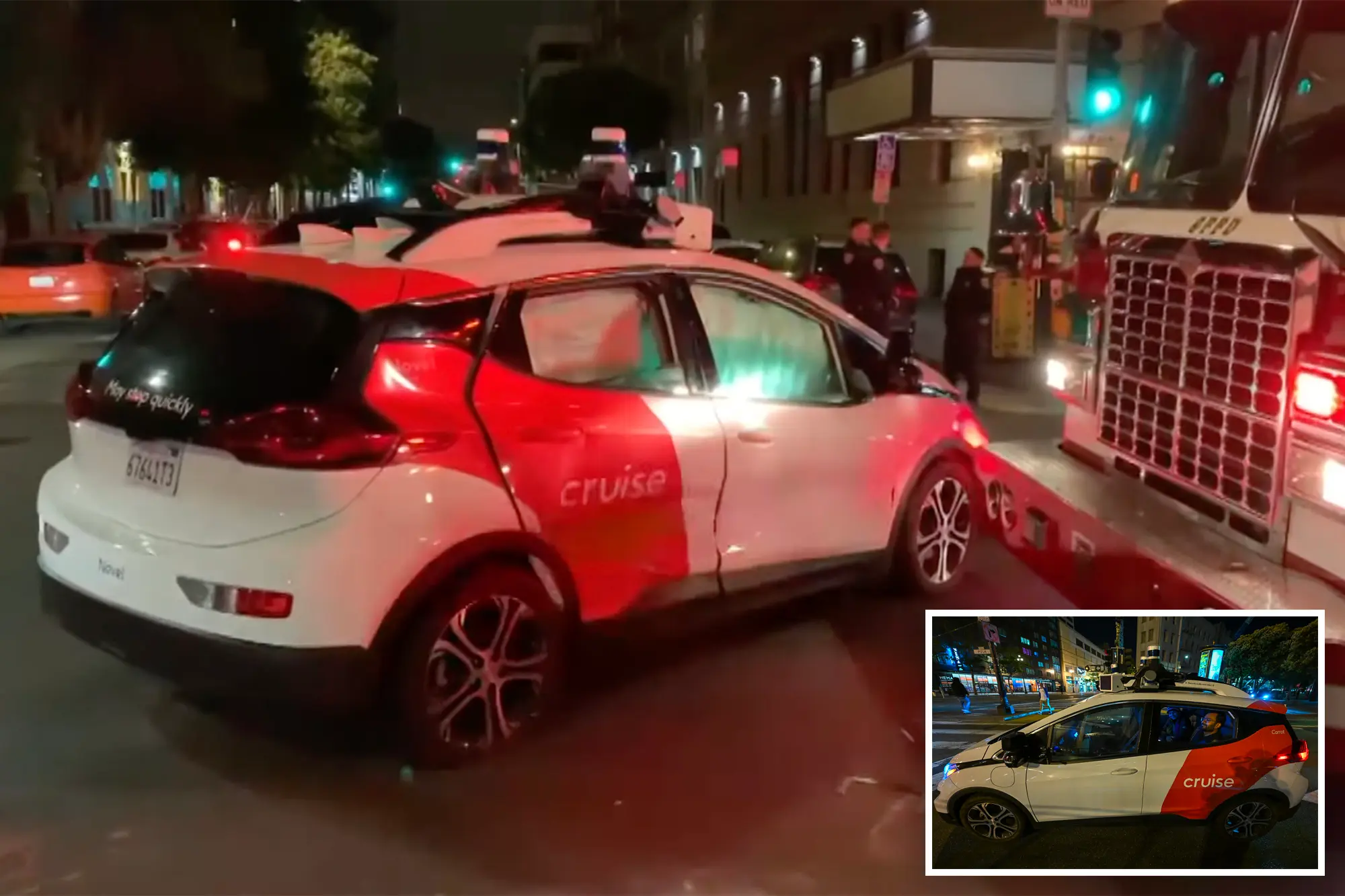GM autonomous vehicle subsidiary, Cruise, is facing scrutiny from California authorities after two collisions involving its self-driving vehicles occurred in San Francisco. Following these incidents, the California Department of Motor Vehicles (DMV) has requested Cruise to immediately reduce its active fleet by 50% until an investigation is completed and corrective actions are taken to improve road safety. This setback comes shortly after Cruise received approval to offer fare-based passenger services for its robotaxi trips in San Francisco, highlighting the challenges and potential risks of driverless technology.
Collisions Spark Investigation
Cruise’s self-sufficient automobiles have been worried in collisions at the equal day in San Francisco. One crash involved a firetruck, which moved into an oncoming lane to bypass a red light en route to an emergency scene. Despite the automobile figuring out the risk, it became not able to keep away from the collision. Another collision took place while every other automobile ran a purple mild at excessive speed. Although Cruise’s autonomous vehicle detected the other vehicle and braked, contact was still made. These incidents raise questions about the capabilities of autonomous vehicles to navigate complex and unpredictable road situations.
Regulatory Impact
The California DMV’s request for Cruise to reduce its active fleet demonstrates the regulatory challenges facing autonomous vehicle deployment. The injuries underscore the problems in making sure the protection of completely driverless passenger vehicles. Other companies, including Uber and Lyft, have scaled back or abandoned their autonomous vehicle efforts due to the complexity and costs associated with achieving full autonomy. Even Tesla, led by Elon Musk, has faced challenges in delivering on its promise of fully self-driving vehicles.
Cruise’s Position
Cruise, which is owned by GM, has agreed to comply with the California DMV’s request to reduce its fleet. The company is actively investigating the collisions and exploring corrective measures. These incidents highlight the need for ongoing refinement of autonomous driving systems to ensure safe operation in various road conditions and scenarios.
Conclusion
The recent collisions involving Cruise’s autonomous vehicles in San Francisco have raised concerns about the readiness of driverless technology for widespread deployment. Regulatory authorities are closely monitoring the development and deployment of autonomous vehicles to ensure road safety. While the incidents represent setbacks for Cruise, they also underscore the complex challenges that companies in the autonomous vehicle space must overcome to achieve safe and reliable self-driving technology.
